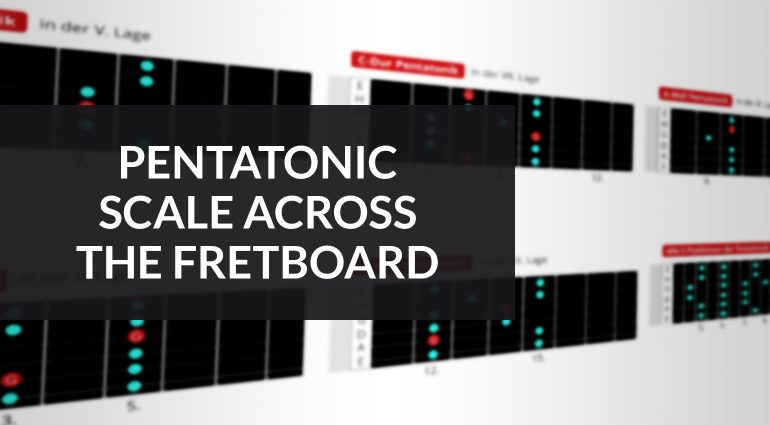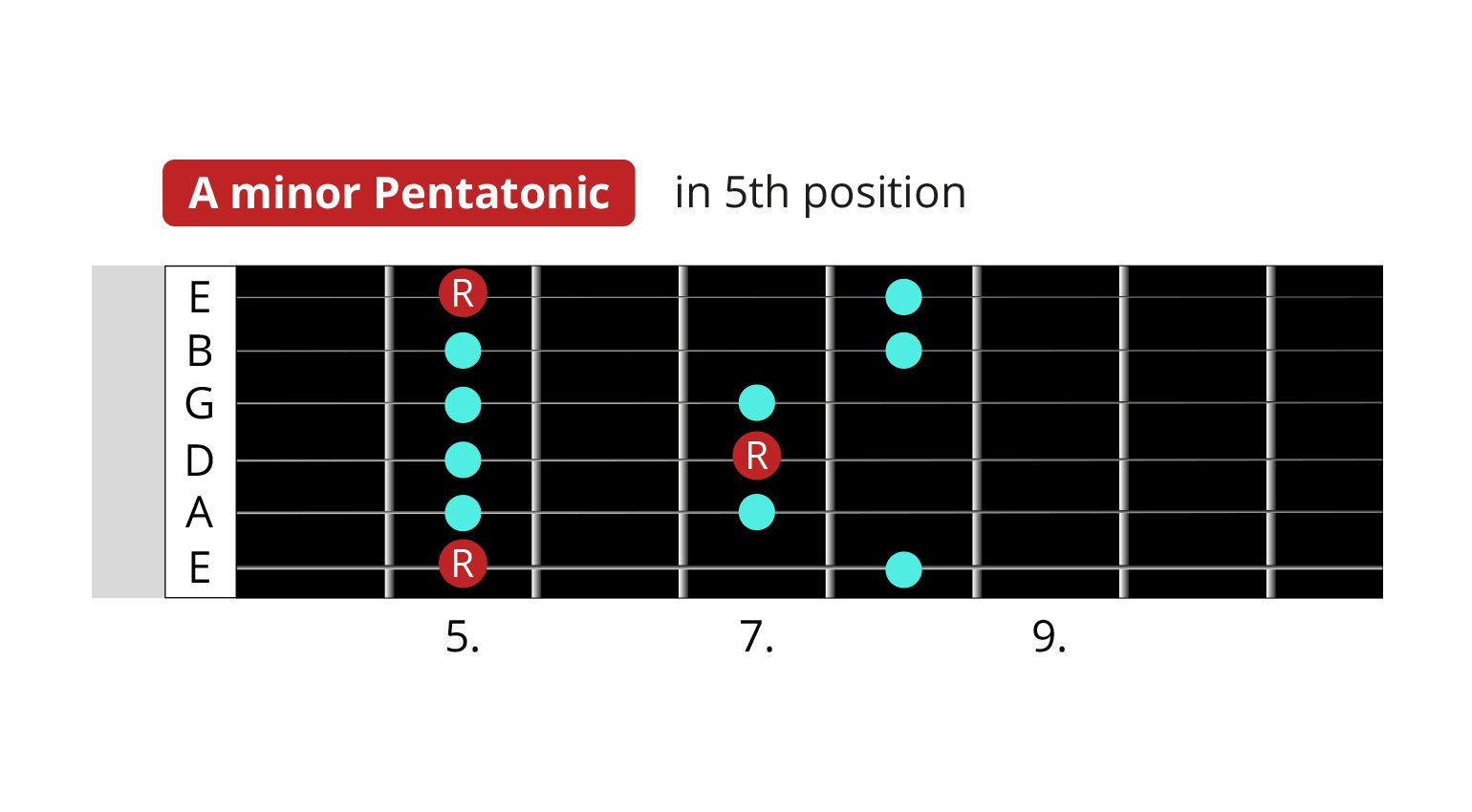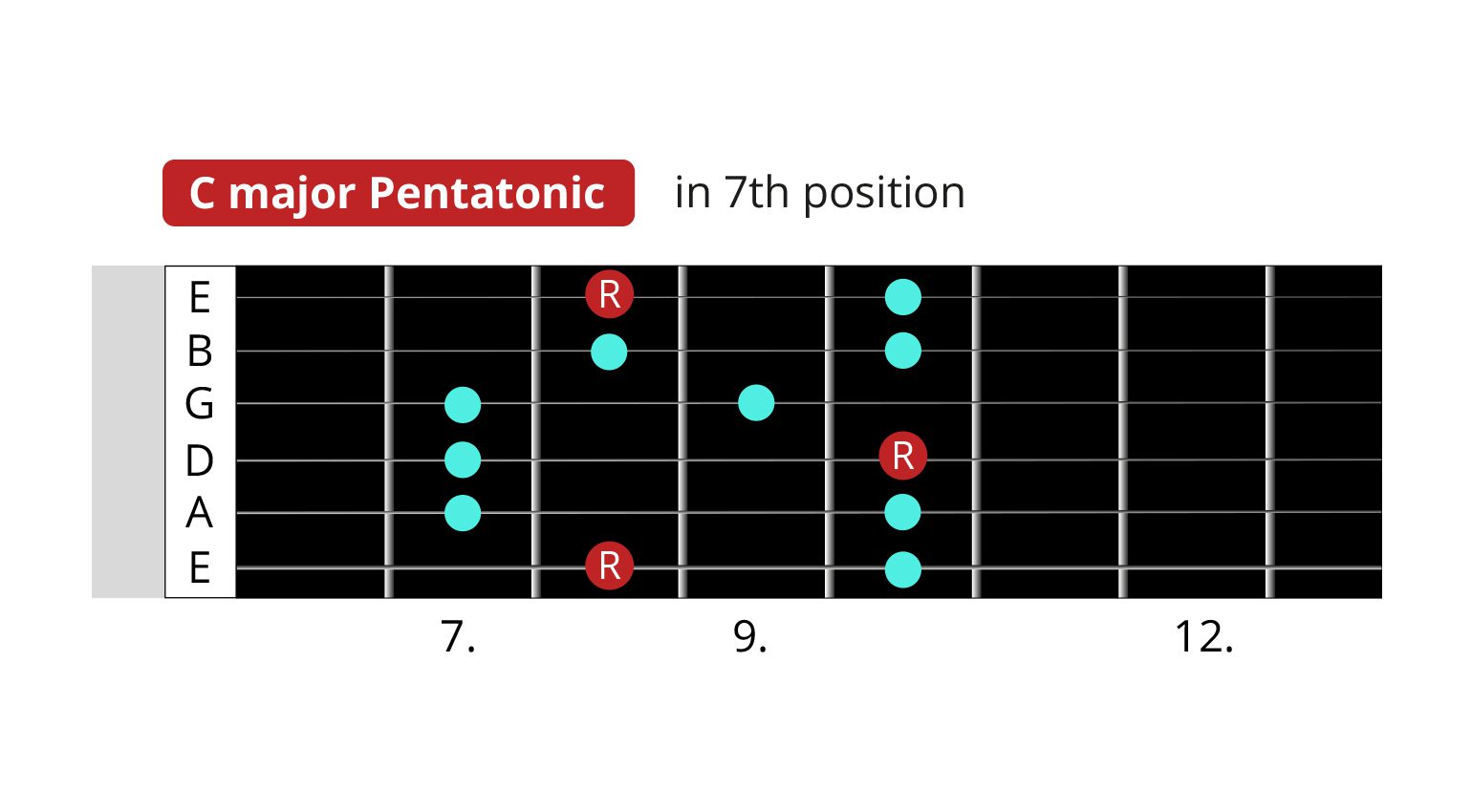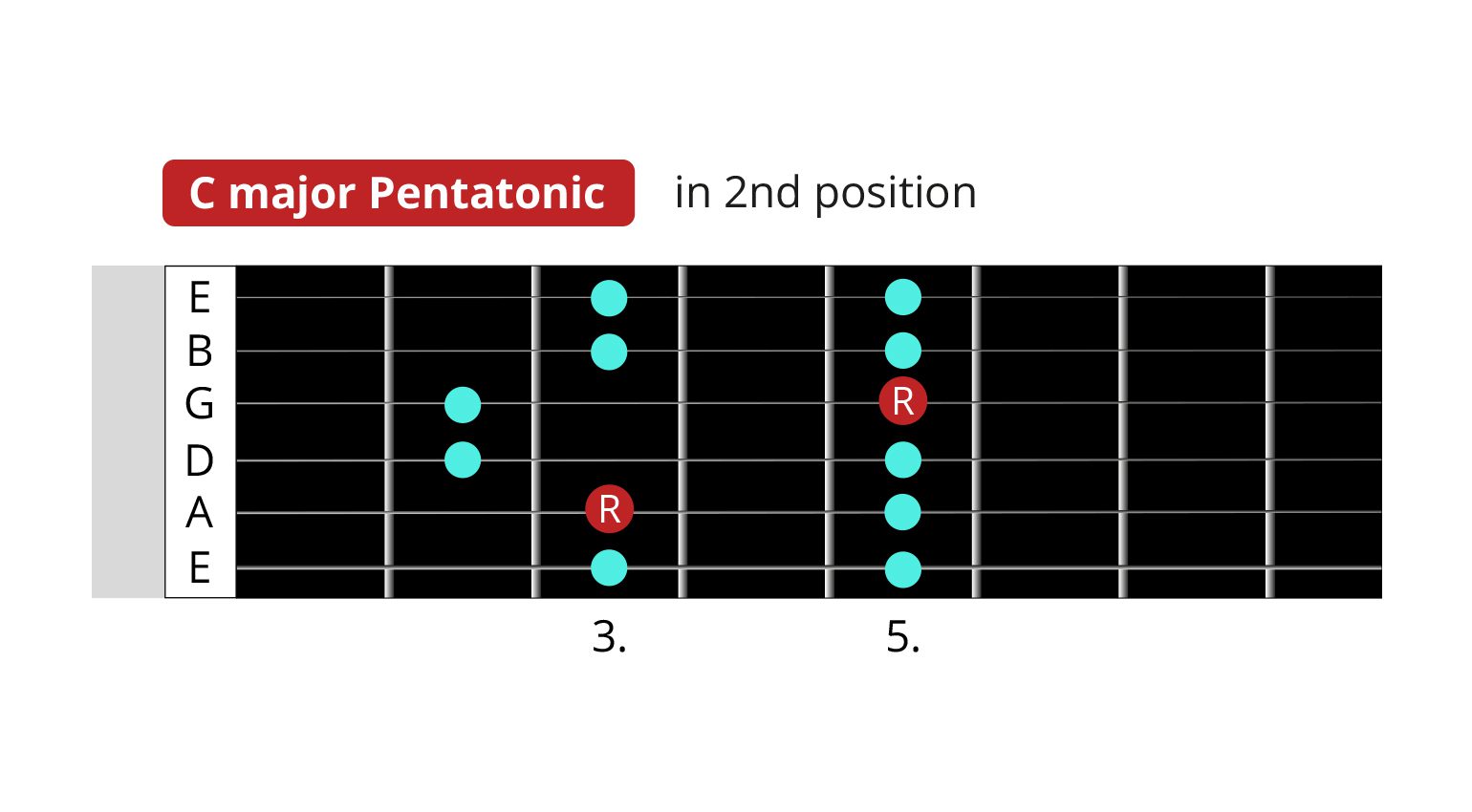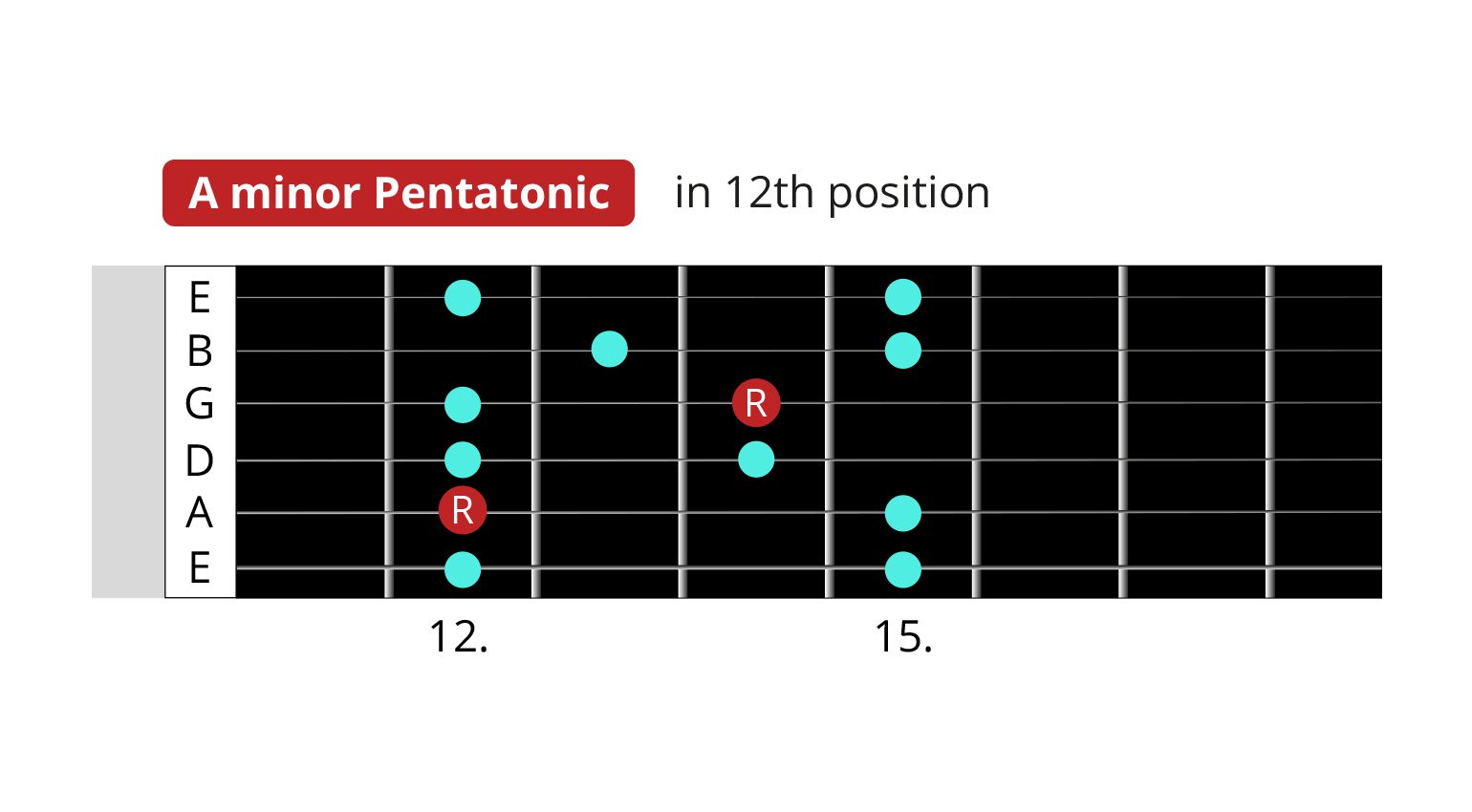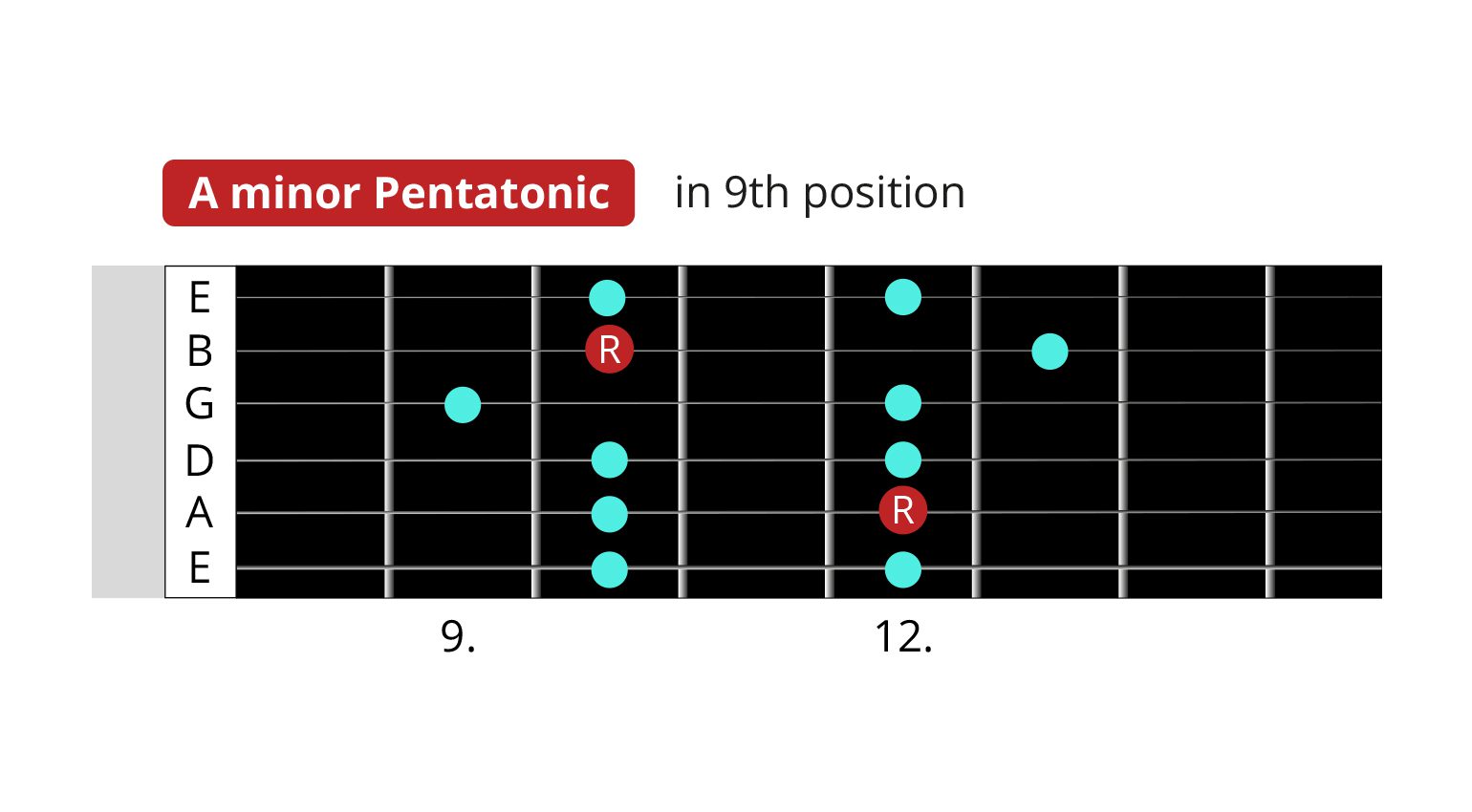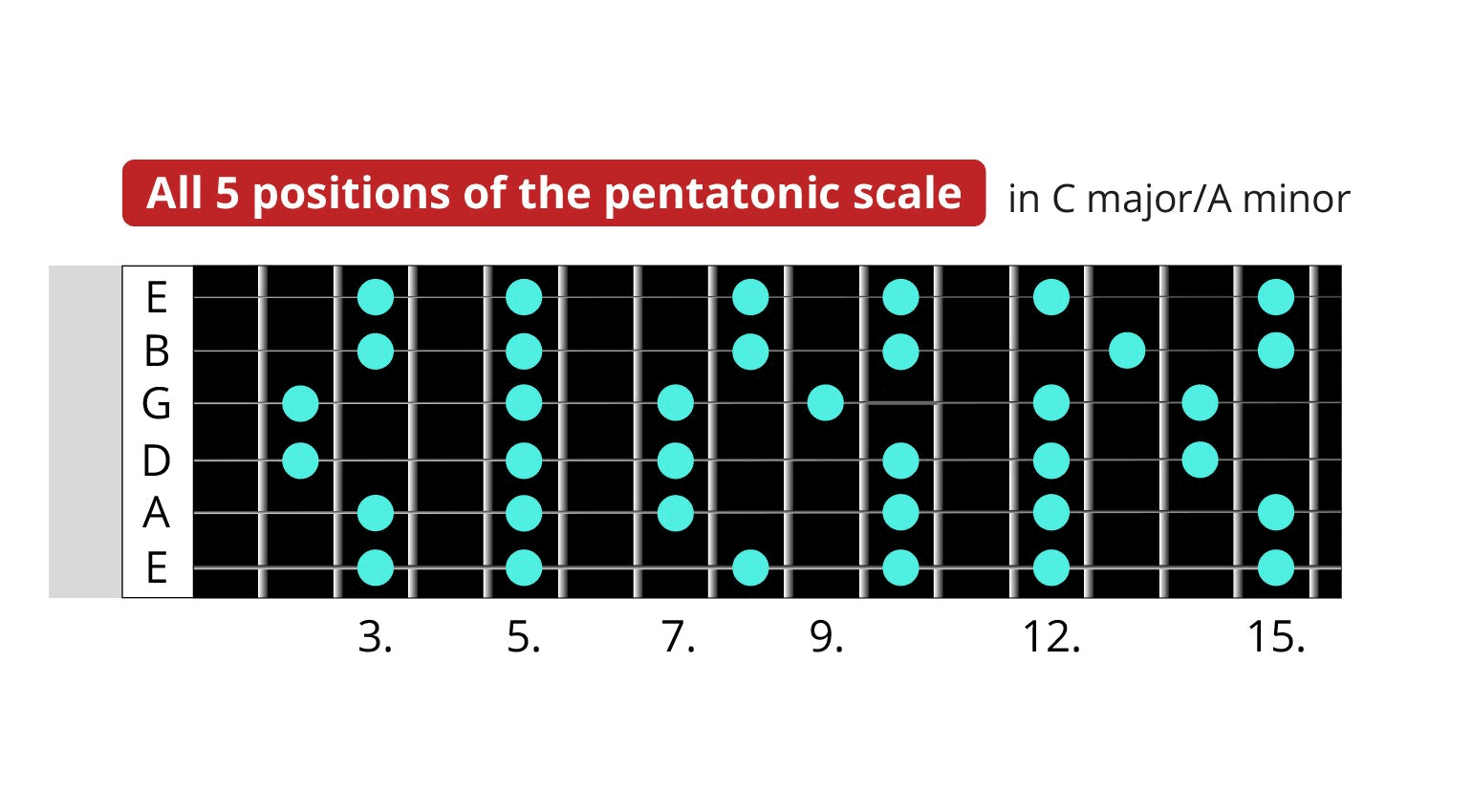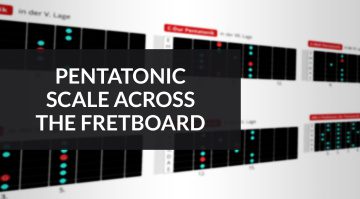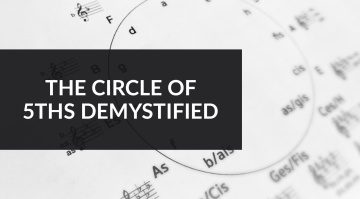How to Improvise: Using the Pentatonic Scale across the Fretboard
No other scale is more important for improvising in rock and pop music than the pentatonic scale. And although it’s of course also used on other instruments, we guitarists seem to have a special kind of affection for anything pentatonic. In this tutorial, we look at some basic fingerings that’ll help you improvise across the entire fretboard.
For many guitarists, the improvisation journey begins with the A-minor fingering in 5th position, which is comfortable to play and makes it easy to take the first steps. However, most players eventually arrive at a point where they feel the urge to break free from the “pentatonic box” in order to be able to improvise more freely and with a wider range of notes. In the following workshop, I’ll explain how to do this without getting lost on the fretboard. I’m also going to touch on the theoretical aspects of the pentatonic scale.
Pentatonic Scale: The Basics
As mentioned, the A-minor pentatonic in 5th position is a great starting point for five-note improvisation, and you may already know it. Building on this, we’ll explore the fingerings of the pentatonic scale across the entire fretboard.
The A-minor pentatonic scale in 5th position has its starting note on the low E string and looks like this:
Five different fingerings are commonly taught for covering the minor and major pentatonic scales in any key across the entire fretboard. While this makes perfect sense, it can be a bit confusing for beginners. That’s why we’ll limit ourselves to four fingerings initially. We’ll then add one more at the end.
These fingerings cover both minor and major pentatonics, simply because each minor key has a parallel major key whose notes are identical. The only difference is that the scale begins on a different note, which in turn changes the relationships of the intervals to each other.
A pentatonic scale consists of only five notes – as opposed to seven for major and minor scales. In minor, this means that the second (2) and sixth (6) scale degrees are omitted, counting from the root note. In major, we omit the fourth (4) and seventh (7).
Back to the Roots
If we now realize that each pentatonic scale can be assigned to both a major key (C major in our example) and a minor key (A minor), we can connect this knowledge to the locations of the root notes on the low E and A strings, which I’m sure you’ve already memorized while learning the major and minor barre chords across the fretboard.
Eventually, you should make an effort to learn the names of all notes on the fretboard. But for now, we only need to be able to name the root notes on the two bottom strings, so we can apply the fingerings to them. Each of our four fingerings can be assigned to one major and one minor type on the E and A strings, based on their starting note.
Instead of simply playing the fingerings up and down when practicing, I recommend starting and finishing on the root notes. This helps to develop a feel for how each scale sounds.
We’ve already learned the first minor type on the low E string in 5th position. The major type for the E string is in 7th position, starts with the second finger, and looks like this:
I’ve marked the root notes with a red “R” in all diagrams in this tutorial. Since the notes are identical, you can of course use these two fingerings and the following ones both in a major and in a minor context. When practicing, also try to start with the root note of the parallel major or minor key.
Pentatonic Scale: Fingerings 3 and 4
The next two fingerings, which can of course also be used for both major and minor pentatonics depending on their starting notes, have their root notes on the A string.
The C major pentatonic starts with the second finger on the third fret on the A string. Up to the G string, the fingering is identical to the C major pentatonic with the root on the E string. Due to the dreaded interval change between the G and B strings, the fingering changes on the higher strings.
The A minor counterpart starts on the 12th fret, is also identical up to the G string, and looks like this:
With these four fingerings, you can now cover almost the entire fretboard with the pentatonic scale.
Pentatonic Scale: Fifth Fingering
However, as you may have noticed, there is still a small gap around the 10th fret. And this is where the fifth fingering mentioned at the beginning comes in.
Unfortunately, this is the only one that cannot be easily linked to either the minor or major pentatonic just by looking at the first note played on the E or A string. However, if we start with the 4th finger on the A string, the A minor pentatonic will sound. Once you’ve internalized the other four fingerings, this fifth one shouldn’t present any problems.
Pentatonic Scale: Conclusion
I’d like to conclude this little workshop with an overview of all five fingerings of the C major/A minor pentatonic scale.
By the way, this system also works well for learning the minor and major scales across the fretboard. Moreover, the fingerings also contain the basic shapes of the CAGED system, which can also be a helpful approach when learning to improvise.
More Practicing Tips for Guitar
- The CAGED System Demystified
- How to Remember Guitar Scales
- Why the Metronome is Important: Practising to a click
Note: This article was originally published in German on bonedo.de.
 4,7 / 5,0 |
4,7 / 5,0 | 